Norway Maple Wood
- September 7, 2023
- 0 comment

The Norway Maple, scientifically designated as Acer platanoides, is a hardwood tree species originally native to Europe and western Asia. However, it has found a welcoming second home in North America, where it has been intentionally cultivated for generations due to its remarkable wood properties. This wood is highly esteemed for its exceptional versatility and durability, making it a crucial resource in various facets of human civilization. Its fine-grained, smooth-textured wood has been utilized to craft exquisite furniture pieces, construct robust buildings, and serve as the fundamental raw material for a diverse array of essential products, attesting to its enduring significance in human life and industry.
Texture
Norway Maple wood boasts a fine and consistent texture, making it a favorite among woodworkers and craftsmen. Its uniform grain pattern lends itself well to finishing processes, producing a smooth and appealing surface. This consistency also enhances its workability, allowing for precise shaping and carving.
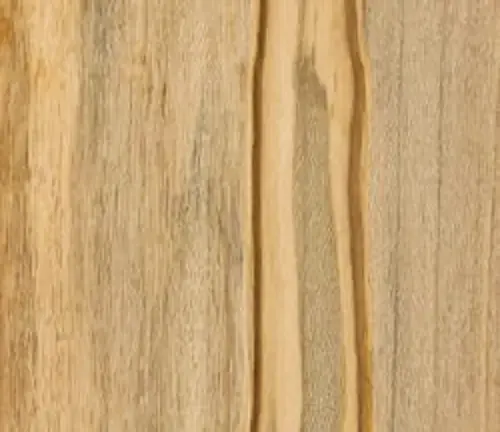
Bark
The bark of the Norway Maple tree is known for its distinctive grayish-brown color and deep furrows. While not typically used in industrial applications, it can be utilized for decorative purposes, adding a rustic touch to landscaping or interior design projects.

Furniture
Norway Maple wood has long been prized in the furniture industry due to its strength and durability. It is often used in crafting sturdy, long-lasting pieces of furniture such as tables, chairs, cabinets, and dressers. Its ability to take stains and finishes exceptionally well also makes it a preferred choice for creating elegant and polished furniture.
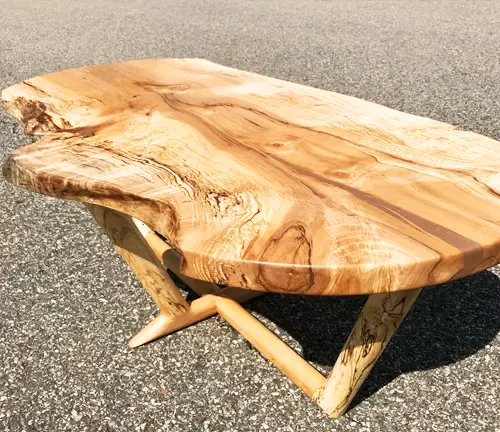
Weapon
Historically, Norway Maple wood has been used in the production of weapons, such as bows and handles for swords. Its robust and dense nature, coupled with its reliable strength, made it an ideal material for crafting instruments of defense and warfare.
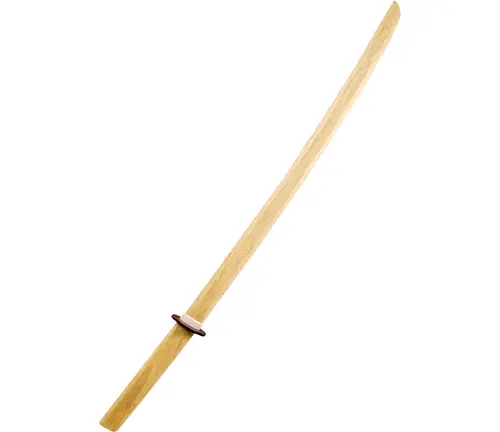
Firewood
The dense nature of Norway Maple wood makes it a suitable choice for firewood. It burns hot and steadily, producing a significant amount of heat. Its slow-burning characteristics make it a popular option for heating homes during the colder months.
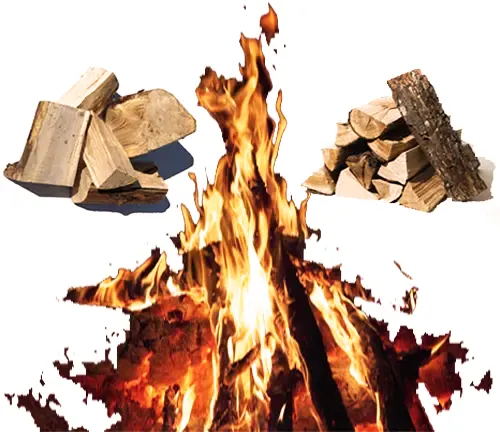
Construction
In construction applications, Norway Maple wood is often used for various structural elements, including beams, posts, and framework. Its strength and resistance to decay make it a reliable choice for enduring the rigors of construction projects.

Plywood
Norway Maple veneers are often incorporated into plywood manufacturing. These veneers are prized for their stability and appearance, ensuring that plywood made from Norway Maple is both strong and aesthetically pleasing.
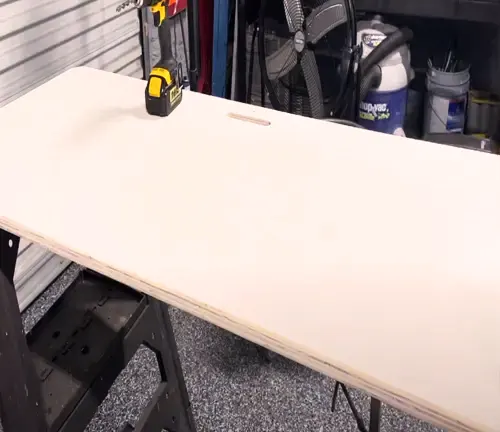
Board
Norway Maple lumber is commonly used to produce boards of various dimensions. These boards are utilized in a wide range of applications, from crafting fine cabinetry to constructing subfloors and wall paneling.

Railroad Cross Ties
Railroad cross ties, also known as railway sleepers, play a crucial role in maintaining the integrity and safety of railway systems. Norway Maple wood’s exceptional durability and natural resistance to decay have made it a historic choice for crafting these essential components. These ties provide a solid foundation for railroad tracks, bearing the immense weight of trains while withstanding the wear and tear of constant use and exposure to the elements. Their ability to endure over time has contributed significantly to the safety and longevity of railway networks, ensuring smooth and secure transportation for passengers and cargo alike.
Pallets
The sturdiness of Norway Maple wood makes it a valuable choice for manufacturing wooden pallets. These pallets are essential in logistics and shipping, providing a robust platform for transporting goods safely and efficiently.
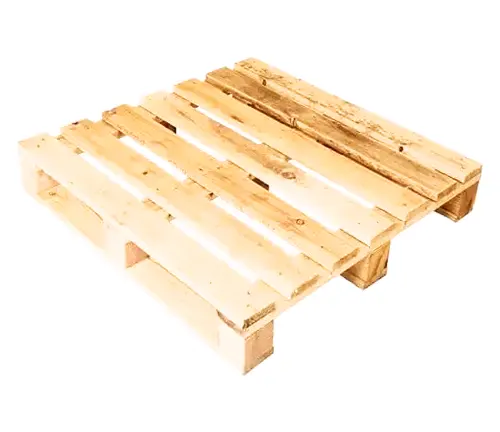
Cants
Wood cants, derived from Norway Maple logs, are substantial timber pieces that have been expertly squared off and hewn to precision. Their exceptional strength and stability make them a highly sought-after resource in the construction and industrial sectors. These cants serve as critical building blocks, supporting heavy loads and providing a solid foundation for various structural projects. Whether used as foundational components in architectural endeavors or as integral parts of industrial machinery, Norway Maple cants stand as reliable pillars, demonstrating the wood’s innate resilience and durability in demanding applications.
Wood Fencing
The dense nature of Norway Maple wood makes it an excellent option for building sturdy and long-lasting fences. Its resistance to decay ensures that fences made from this wood endure harsh weather conditions and maintain their structural integrity.
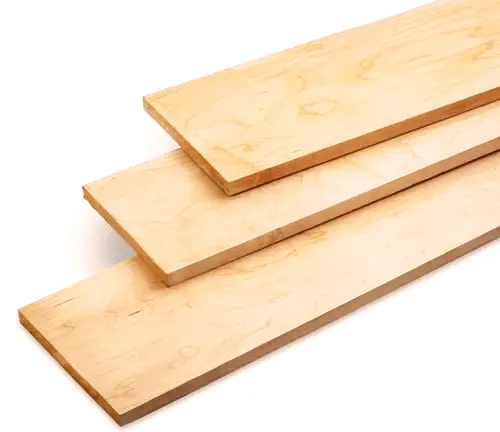
Wooden Crates
Norway Maple wood is prized for its strength and resilience, making it a preferred material for manufacturing wooden crates used in shipping and storage. These crates protect fragile items and withstand the rigors of transportation.
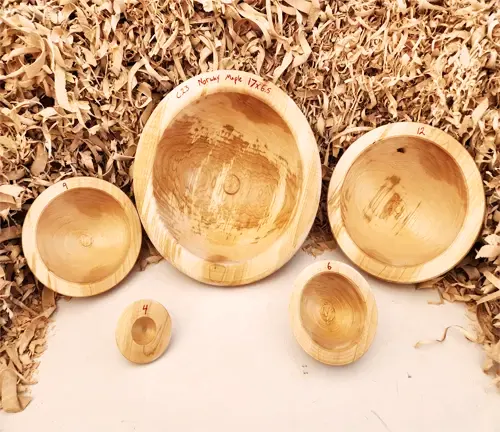
Wood Decking
Norway Maple wood finds a valuable role in outdoor settings as a preferred choice for decking materials. Its natural resistance to decay ensures that decks made from this wood maintain their structural integrity, even when facing the challenges of exposure to sun, rain, and varying weather conditions. Additionally, the wood’s aesthetic appeal contributes to the overall attractiveness of outdoor spaces, creating a harmonious blend of durability and visual charm. Whether it’s used for a residential patio, a commercial boardwalk, or a public park, Norway Maple wood decking serves as an enduring and visually pleasing option for enhancing outdoor environments.
Shiplap
Shiplap siding crafted from Norway Maple wood embodies a perfect blend of durability and timeless elegance. This type of siding is a popular choice for both residential and commercial structures, as it not only provides robust protection against the elements but also elevates the visual appeal of buildings. The distinctive horizontal pattern and natural beauty of Norway Maple wood lend a classic and inviting feel to exteriors, making shiplap an enduring architectural element. Whether used in a coastal cottage, a modern farmhouse, or a historic storefront, Norway Maple shiplap siding adds character and charm while standing the test of time.
Live Edge Siding
The unique beauty of Norway Maple wood is showcased in live edge siding, where the natural edges of the wood are left intact, creating a rustic and visually captivating appearance for walls and other decorative elements.
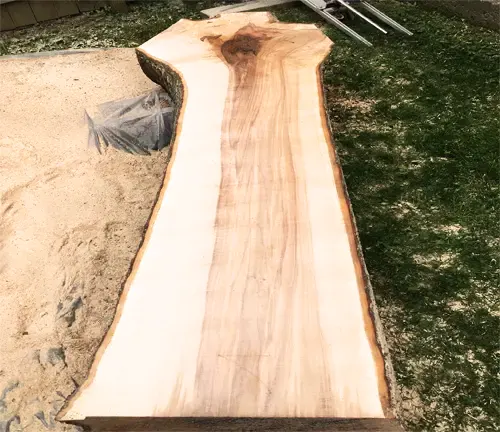
Slabs
Large Norway Maple wood slabs are highly sought after by woodworkers and artisans for crafting custom-made tables, countertops, and other distinctive pieces. The eye-catching grain patterns and rich coloration make these slabs particularly appealing.
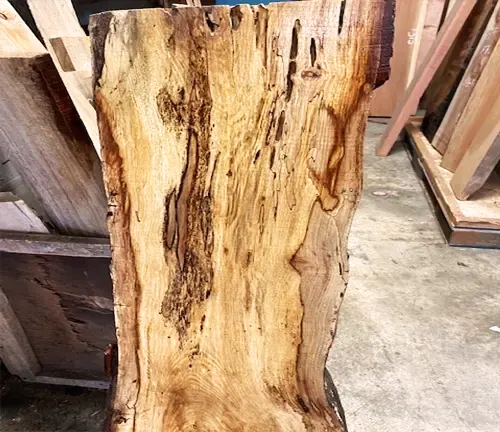
Wood Beams
Norway Maple wood beams play a pivotal role in construction and architecture, serving as fundamental structural components due to their unmatched strength and resilience. These beams are the backbone of buildings, bridges, and various other architectural marvels, providing the essential support needed to withstand the forces of nature and human use. Their robustness ensures the stability and longevity of structures, making them indispensable in the construction industry. Whether in towering skyscrapers, historical landmarks, or humble homes, Norway Maple wood beams quietly but decisively bear the weight of the built environment, exemplifying the enduring reliability of this exceptional timber.
Frequently Asked Questions (FAQs)
- What is Norway Maple Wood’s unique texture, and why is it valued by woodworkers?
Norway Maple Wood features a fine and consistent texture, prized by woodworkers for its smooth surface and ease of shaping. Its uniform grain pattern allows for precise detailing and finishing. - Is Norway Maple Wood suitable for outdoor applications like decking and fencing?
Yes, Norway Maple Wood is an excellent choice for outdoor projects. Its resistance to decay and ability to withstand exposure to the elements make it a preferred option for decking, fencing, and other outdoor structures. - Can Norway Maple Wood be used for crafting furniture?
Absolutely. Norway Maple Wood is highly regarded in the furniture industry for its strength and durability. It is commonly used to create long-lasting and attractive furniture pieces, including tables, chairs, cabinets, and dressers. - What makes Norway Maple Wood a preferred material for wooden pallets and crates?
Norway Maple Wood’s sturdiness and resilience make it an ideal choice for manufacturing wooden pallets and crates. It ensures the safe transportation and storage of goods, even in challenging conditions. - Is Norway Maple Wood suitable for firewood, and how does it perform as a heating source?
Yes, Norway Maple Wood is suitable for use as firewood. It burns hot and steadily, making it an efficient heating source, especially during the colder months. - How is Norway Maple Wood used in construction projects?
Norway Maple Wood finds application in various construction elements, such as beams, posts, and framework, due to its strength and resistance to decay. It helps ensure the durability and stability of construction projects. - Can you describe the visual appeal of Norway Maple Wood slabs and live edge siding?
Norway Maple Wood slabs are highly sought after for their captivating grain patterns and rich coloration. Live edge siding, which retains the natural edges of the wood, adds a rustic and visually appealing touch to walls and decorative elements, making them unique and eye-catching.
As we conclude our exploration of Norway Maple Wood, we’ve uncovered the distinctive qualities of this unique timber. With its handsome cream to light brown hues, fine-grain texture, and recognizable leaves, Norway Maple Wood has made its mark. Whether you’re crafting with it or admiring its presence in nature, this wood offers enduring beauty and utility. If you have any questions or would like to share your own experiences with Norway Maple Wood, please feel free to reach out. Until next time, may your projects be as resilient and versatile as the Norway Maple itself.


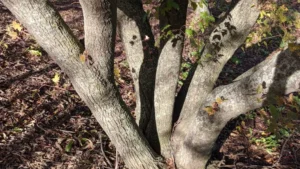


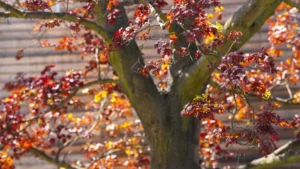


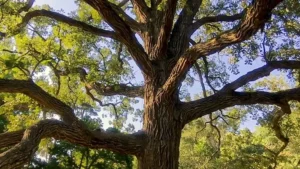
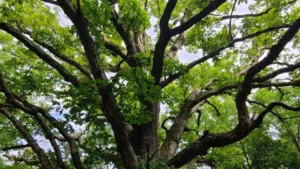
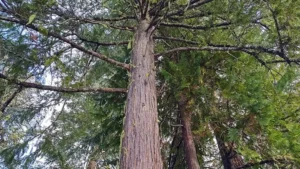



Leave your comment